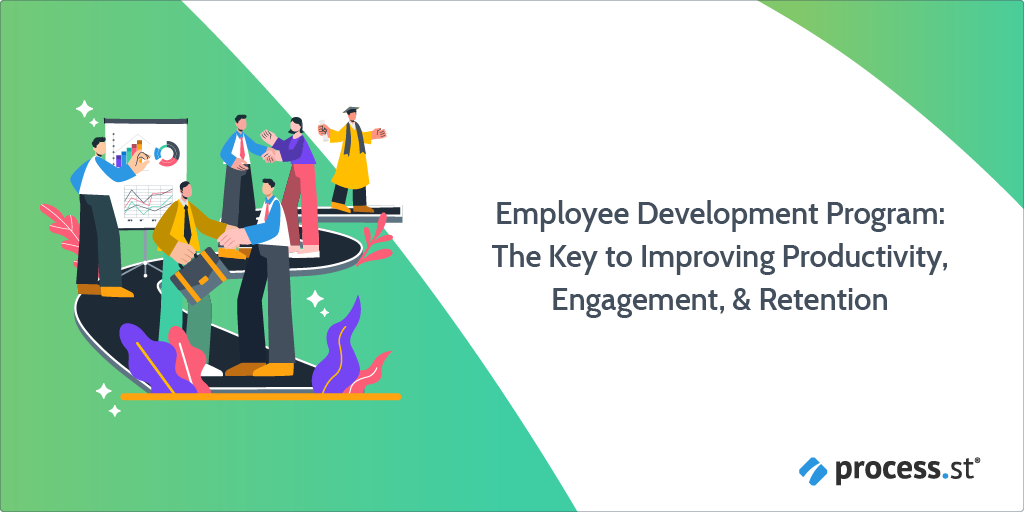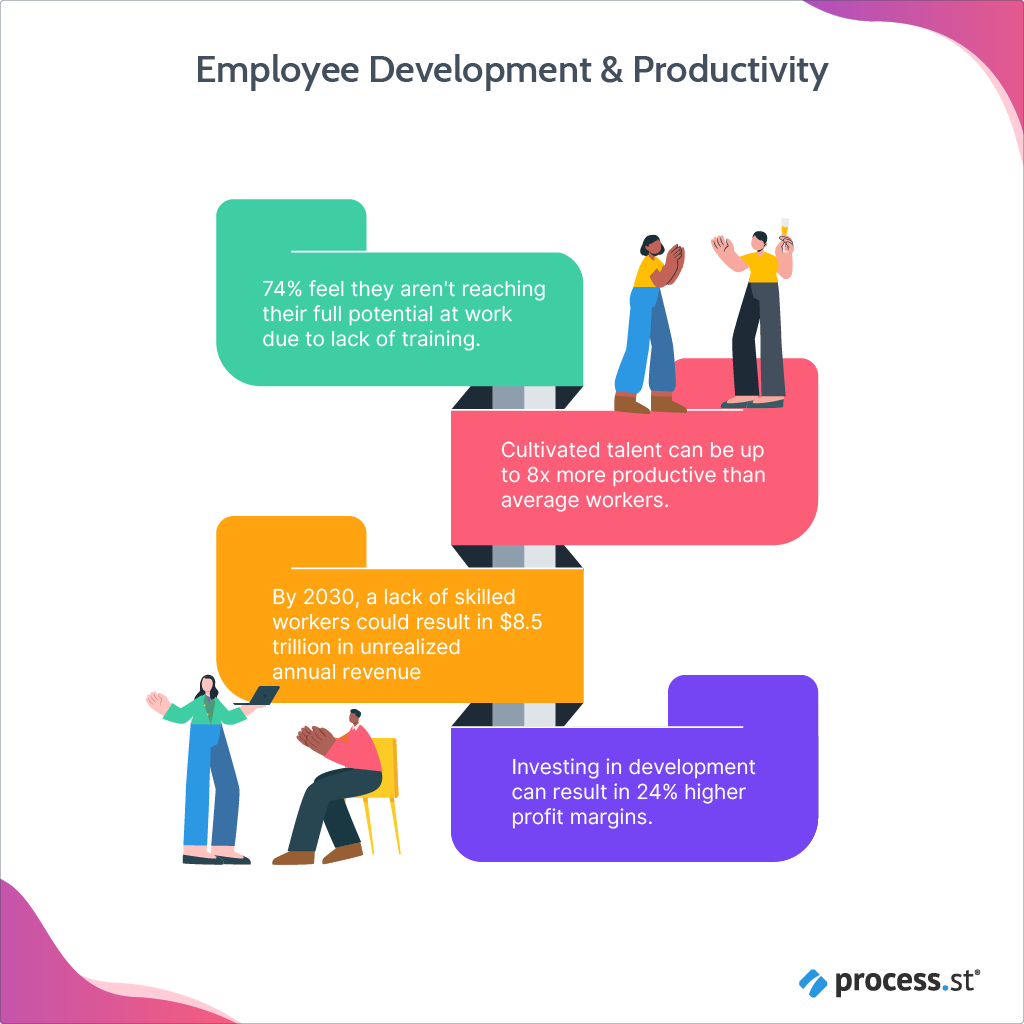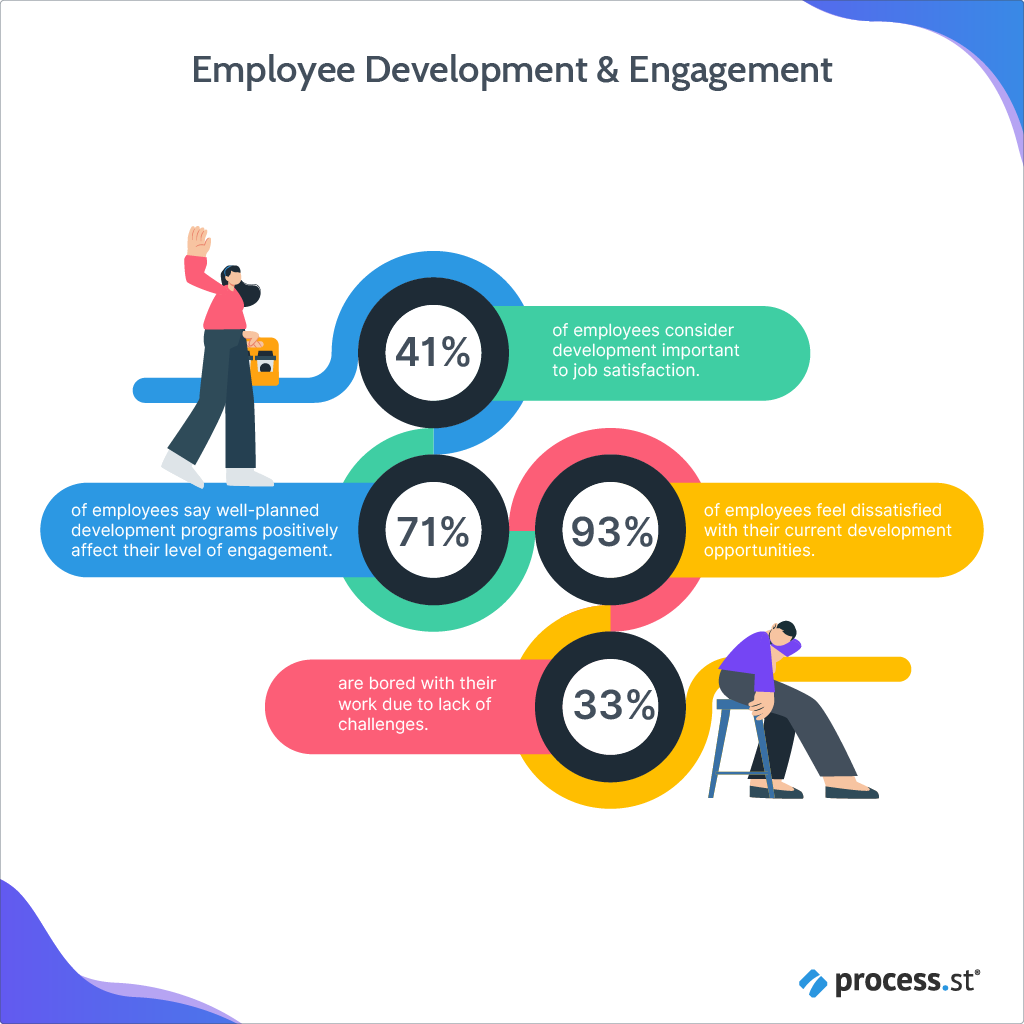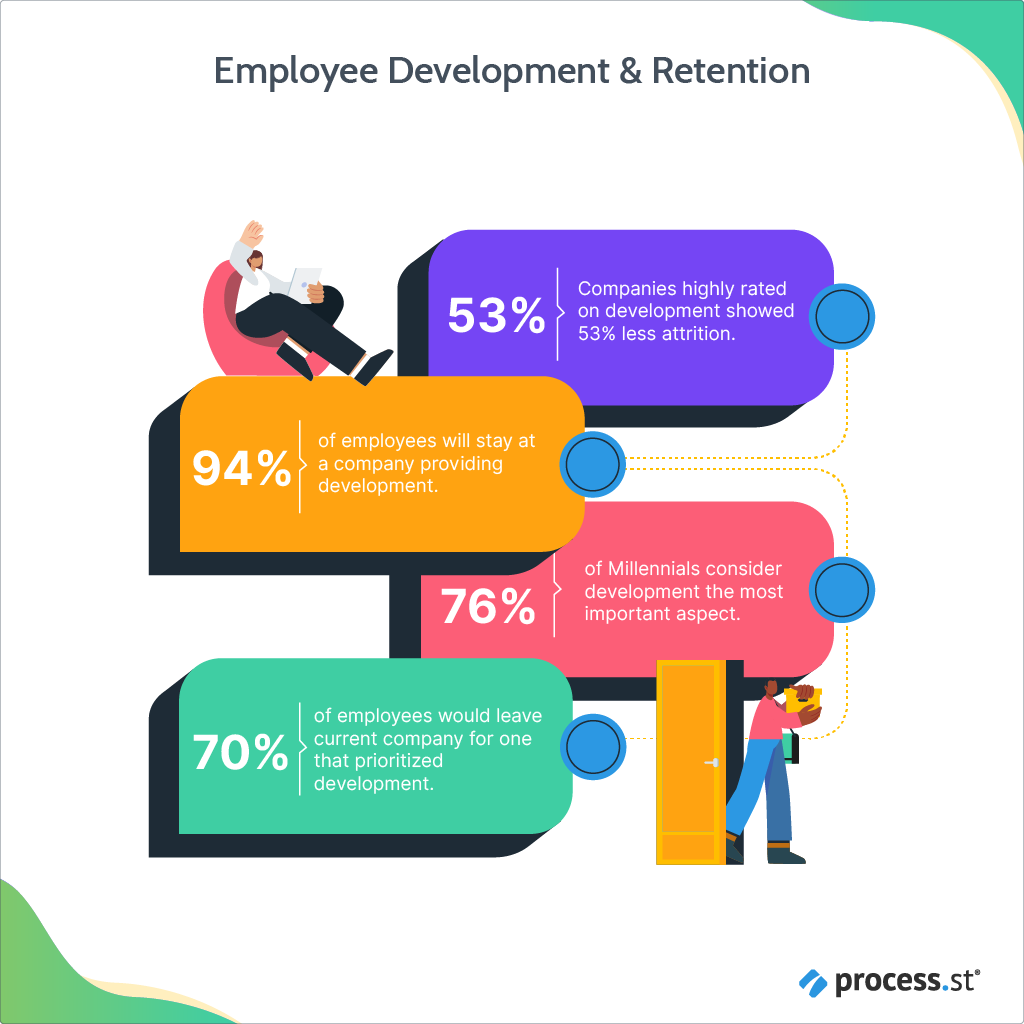 In my early 20s, I worked as a shift manager at a well-known pizza chain. On my second day, every manager above me was fired and I was told to keep things running until the district manager could arrange someone to take over in “a week or two”.
In my early 20s, I worked as a shift manager at a well-known pizza chain. On my second day, every manager above me was fired and I was told to keep things running until the district manager could arrange someone to take over in “a week or two”.
Not only did I absolutely not know what I was doing, my team knew it.
Chaos ensued. Compliance regulations, SOPs, and basic safety measures flew out the window because the team didn’t trust that I knew what I was doing (which is fair: I didn’t).
It ended up taking three months to get a temporary manager to come over from one of the other stores, and by then I was frustrated beyond belief. The moment she walked in the door, I handed over my keys, put in my notice, and refused to discuss the possibility of staying on in any capacity for any longer.
Back then, I was only 20, this was one of my first leadership roles, and I was clueless. Since then, I’ve held other leadership positions, had some attentive mentors, and gotten to develop the leadership skills that they don’t tell you about in the job description. Today, I could walk into that same situation and roll with it, no problem.
Without those opportunities, though, I would still be that clueless kid failing to get his team united, failing to develop their skills, and failing to see his job as anything more than a means to an end.
Not prioritizing employee development is a bad look, people teams. But – as I’ve said many times before – Process Street’s got your back. Check it out:
- Employee development: Back to basics
- In a world without employee development…
- …one HR department decided to change everything
- Employee development plan: Easier than an IKEA bookshelf
- Go forth and upskill
Employee development: Back to basics
The hardest part of any project is knowing where to start. That not-knowing can paralyze you into not-doing at all. But let me share a tip with you: The first pancake is always a little wonky.
If you’re ready to jump straight into building your own employee development program, we’ve got a free template to get you started – wonkiness free:
Click here to add the Employee Development Plan Template to your Process Street account!
This template will walk you through all the basics, step-by-step, to create an employee development plan you can start using immediately, straight out of the box. It’s also completely customizable if you want to add or remove tasks, include different resources, or just add a friendly picture of your company’s CEO. See? Friendly. 😀
See? Friendly. 😀
I’ll go into the real nitty-gritty of what this template can do later on, but as-is, it’ll get the ball rolling.
In a world without employee development…
Onboarding is a continuous process. We all know it. We all say it. We all – Well, some of us live it.
At a certain point, though, “onboarding” isn’t exactly the right word. Sure, it works for the first year or two. Once an employee’s been there 5 years or so, it’s no longer onboarding; they’re already on board.
For the tenured employee, it’s no longer about learning the company as upskilling, training, and development. A regular review of new policies and procedures is probably a good idea, but the main focus is going to be on helping that employee perform their role in the best way possible.
With that in mind, it’s shocking how many companies don’t have an employee development program in place and don’t see the need for one at all.
The employee in question will have a better understanding of the skills and knowledge they need to improve to do their job, but it’s on you to facilitate that. Provide opportunities, funding, resources, PTO – whatever they need to perform at their best.
Why? Because, ultimately, they’re doing these things for your benefit, not theirs. And there is definitely a benefit for you in this. However, if you don’t support employee development with a standardized program, you will definitely experience at least one of the following scenarios:
Scenario 1, in which your company’s reputation tanks
A customer – Thomas – comes to your company with the absolute intention to buy. They’ve done their homework and are committed to giving you their money.
The first person they speak to says, “No problem! We just need X, R, and C from you and we can set that up.”
Thomas doesn’t have those things on him, but that’s totally okay. He can come back later and pick up right where he left off. So he does. Except he talks to a different person.
“Oh, no,” this person says. “That’s how we used to do it. You actually need A, Z, and D. Really sorry about that.”
Thomas is irritated but gets the new documentation. Comes back a third time to yet another employee. This employee is confused by the documentation, has never seen it before, and what’s more, assures Thomas that what he wants to do is impossible.
What do you think Thomas is going to do next?
Scenario 2, in which a good employee goes bad
Even the best employee can only be the best with the right support. And let’s be clear about this – most people want to do their job well. Everyone likes to feel successful, accomplished, and like their contributions are meaningful and important.
If, however, they don’t have the right tools to do that, it’s kind of a no-win situation.
Say you update the department software. Cool, but now you have to train your employees to use it properly. If they have to figure it out for themselves, they’ll likely end up frustrated, missing out on half the features meant to make their lives easier, and may even go back to the old way entirely.
You expect your employees to stay up-to-date on industry trends and innovations, but don’t provide the means for them to do this. No paying to attend conferences, no subscribing to industry publications, no compensation for events that happen outside working hours.
Point being: Without adequate support for their development, employees feel underappreciated. Their job is more frustrating and stressful than rewarding. It doesn’t take long for that best employee to decide that – since the company refuses to invest in them – there’s no point in them investing in the company.
Scenario 3, in which your competition outpaces you in every way
I’d hope this one would be obvious, but if you aren’t developing your employees’ skills, abilities, and knowledge to keep them at the forefront of industry trends, your competitors are going to leave you in the dust.
They’ll get better talent, better products/services, more innovations and advancement, more customer loyalty, and better ROI.
Company A has a solid product that’s reliable but hasn’t changed much in the past few years. It’s also not compatible with some of the more recent industry advancements, which means you’d have to buy additional accessories for the full functionality you need.
Company B released a new version of a similar product last year. The price point is a little higher, but it’s backward compatible, offers continuous firmware updates, and doesn’t need an expert to update the hardware.
Which product would you choose?
Scenario 4, in which your biggest asset walks out
This is, undoubtedly, the worst-case scenario. Without proper support, your most high-value talent will go elsewhere. Remember: These employees are high-value. Other companies – your competitors – are definitely going to be interested in their skills.
Employees also tend to know their worth. Money isn’t everything, but if you aren’t providing a total package appropriate to that worth – including development opportunities – they just aren’t going to stick around, no matter how much money you throw at them.
Boredom and lack of recognition are among the top reasons people leave their current jobs. Without a solid employee development plan, you are basically just ensuring both of those things are going to happen.
…one HR department decided to change everything
It’s not all doom and gloom, though. Implementing an employee development program doesn’t have to be a monumental task – bringing individual employees in on their own development is a great move – and has big benefits.
I’ll get into the actual development side in a bit, but first, let’s look at the principles behind the practice.
Employee development & productivity
 Ikea bookshelves.
Ikea bookshelves.
They’re affordable, look nice, and can be delivered straight to your door. All you have to do is put them together.
Everything you need to do that comes in the box: Detailed instructions, all the right pieces (with a few extras), and an inventory list to make sure all the right pieces are actually in the box.
Now, when you bought the bookshelf, you could’ve paid a little more to have an expert bookshelf builder come over and put it together, but you’ve built flat-pack furniture before. How hard can it be?
Famous last words, right?
Even with all the diagrams and pictures, it takes you hours to put that bookshelf together. You get a paper cut from the instructions. You lose the hex key and spend 40 minutes ransacking your living room only to find it in the bathroom (I don’t know why; you’re the one who left it there). After hour three, you even contemplate just making a bonfire out of the whole stupid mess and never using another bookshelf ever again because they are, obviously, instruments of evil incarnate.
Tell me you don’t know what I’m talking about.
Rewind back to the point where you can pay for the expert bookshelf builder to put it together for you. This time you say, Sure. I have better things to do. In less than an hour, your bookshelf is built, your books are all neatly lined up, and you don’t have to make awkward small talk with the stranger in your house.
The difference here is not ability but training. That expert has been trained how to build Ikea furniture in the most efficient way possible. They’ve also probably put together a ridiculous number of bookshelves, tables, and futons.
In an average 8-hour workday, how many bookshelves do you think that one trained expert can put together versus your untrained self and your page of diagrams? How frazzled do you think they are after putting together one bookshelf?
Proper skill development means higher productivity. It’s that simple.
Employee development & engagement
 I mentioned this briefly in Scenario 2, but it’s worth going deeper. Engagement is hugely important to job satisfaction, morale, and overall productivity. There’s a lot of word mileage laid down emphasizing how you need to have engaged employees and engaged employees are the best.
I mentioned this briefly in Scenario 2, but it’s worth going deeper. Engagement is hugely important to job satisfaction, morale, and overall productivity. There’s a lot of word mileage laid down emphasizing how you need to have engaged employees and engaged employees are the best.
Sure, that’s all true. Engagement doesn’t only go one way, though. You have to be engaged with your workforce, too. If you aren’t, it really doesn’t matter how much gamification you do, those employees just aren’t going to engage with you.
We’ve all had at least one job that was just that: a job. You showed up, did your thing, went home. That was it.
Your initial training had been pretty good; it wasn’t like you didn’t have everything you needed to do your job. It was that there wasn’t anything more. Day in, day out, same old thing.
New hires would come in and get updated training, which meant you ended up having to ask the guy who’d been here three days how to do something you’ve done a million times before. (This, btw, is a bad, bad situation for everyone, new and existing employees alike.)
It didn’t have to be that way. If the company had just put a little effort into offering development opportunities to existing employees, everyone would be on the same page. Not only that, but instead of having the new guy explain a process to you, you could actually (as, ideally, experienced employees do) mentor the new hire by showing them the ropes.
While the company isn’t investing even basic upskilling in you, it still asks for things. You’re supposed to participate in guru gimmicks and profess love and loyalty for the company. You’re supposed to go “above and beyond” because that’s what teams do. You’re supposed to act like the company is “one big family”.
In any other relationship, if one side expected more than they were willing to give back, you’d walk and not even look back. This brings me to my next point…
Employee development & retention
 If you have any doubt about how important self-improvement is to the average person, just do a quick Google and you’ll get back a veritable hoard of listicles, YouTube videos, product advertisements, and celebrity influencers pitching their new mindfulness app.
If you have any doubt about how important self-improvement is to the average person, just do a quick Google and you’ll get back a veritable hoard of listicles, YouTube videos, product advertisements, and celebrity influencers pitching their new mindfulness app.
People want to improve. They want to be challenged. They want to grow and evolve as they mature. More importantly, they expect it. And – heads up – your employees are people.
This is where everything I’ve talked about so far really comes into play. Meaningful work, recognition from management, opportunities for new skills and new challenges, and feeling valued by their employer all feed into that very important and unquantifiable element: Job satisfaction.
What creates job satisfaction won’t be identical for everyone, but there are some basic components that contribute to it. Surprise, surprise – employee development is one of those components.
We spend a lot of time at work. Some people spend more time with their work friends than their non-work friends. Naturally, we want to feel good while we’re there. I mean, would you choose to be miserable 40+ hours a week if you didn’t have to be?
No one would. The fact is: We’re in a jobseekers’ market. If you don’t provide the opportunities and investments your employees want and need, someone out there will be more than happy to value their abilities.
Like I said before: Money is a good motivator, but both Millennials and Gen-Z are very willing to earn less for more engagement, development, and satisfaction.
Employee development program: Easier than an IKEA bookshelf
It’s important first to specify the difference between an employee development plan and a career progression plan.
The most significant difference between the two is that every employee will need a development plan; not every employee will need a career progression plan.
A development program focuses on skills and knowledge. When creating a plan for an employee, it should include any pre-existing knowledge gaps, re-training or upskilling needed in the future, as well as regular check-ins to ensure the plan is meeting the employee’s needs.
By nature, a development plan should be a living document. It may turn out that one type of training may no longer be necessary, or the employee wants to now go in a different direction. Both you and the employee need to allow the development plan to adapt and change as both the company and the individual grows
The employee’s development will be somewhat informed by their career progression plan (and vice versa). Do keep in mind that they may potentially have different trajectories and outcomes – particularly if an employee’s progression plan means that, at some point in the future, your company won’t be able to offer them the progression opportunities they want.
However, even if that’s the case, while the employee is with your organization, they will still need to update their skills, training, and knowledge to perform their role at the best possible standard.
Development plan template
The following template will give you a basic walkthrough of how to start your own employee development program. It’s also fully customizable so you can adapt it to your specific needs as necessary.
When putting together a development plan, it’s important to remember that it isn’t a one-size-fits-all project. Sure, there will be a basic outline you can follow, but each employee will have their own development trajectory depending on what their future goals are.
This doesn’t mean you can’t use group training or upskilling sessions. In large companies, that’s actually the most efficient way to approach upskilling (plus it provides a good opportunity for casual social interaction between employees). You just need to make sure employees aren’t sitting through sessions about skills they either don’t need or already know.
Click here to add the Employee Development Plan Template to your Process Street account!
Go forth and upskill
Full transparency: Productivity, engagement, and retention are completely symbiotic in terms of maintaining a skilled workforce that stays long-term. One of those legs falls down and you’re teetering on unsteady ground.
An employee development plan reinforces those three legs so you can ensure each of your employees – and your company as a whole – is standing on a firm foundation.
I may have mixed up my metaphors there, but you know what I mean. Without a development strategy, your workforce will be less engaged, less productive, and much more likely to seek new opportunities that do challenge them.
By investing in their development, you really have nothing to lose and everything to gain.
How is your development plan structured? Let us know in the comments!







Leks Drakos
Leks Drakos, Ph.D. is a rogue academic with a PhD from the University of Kent (Paris and Canterbury). Research interests include HR, DEIA, contemporary culture, post-apocalyptica, and monster studies. Twitter: @leksikality [he/him]